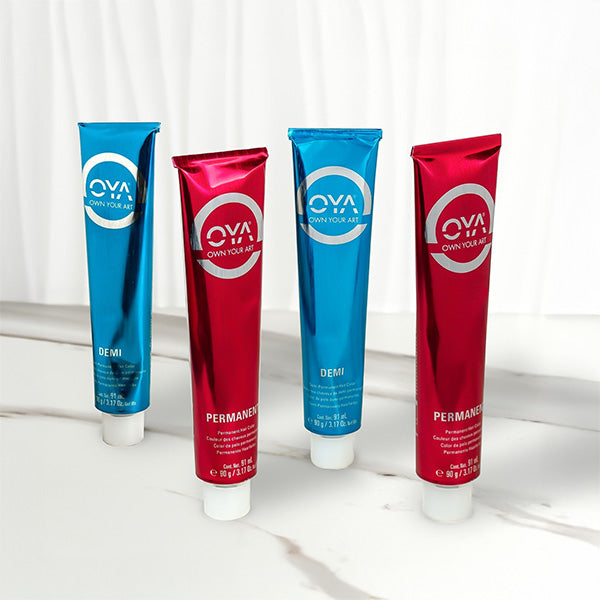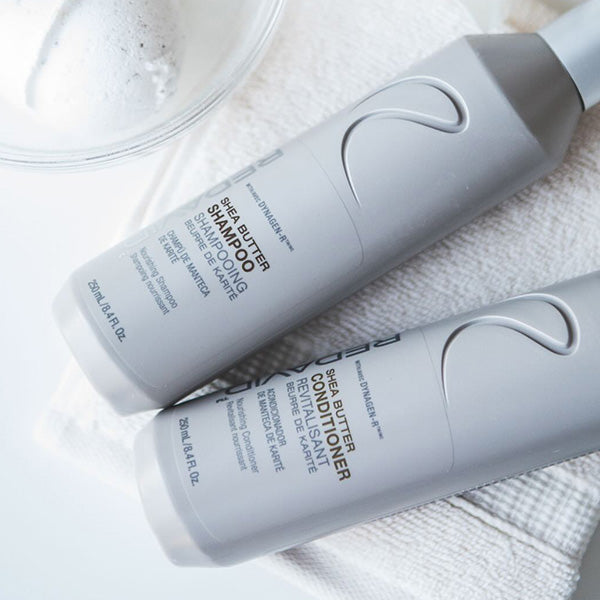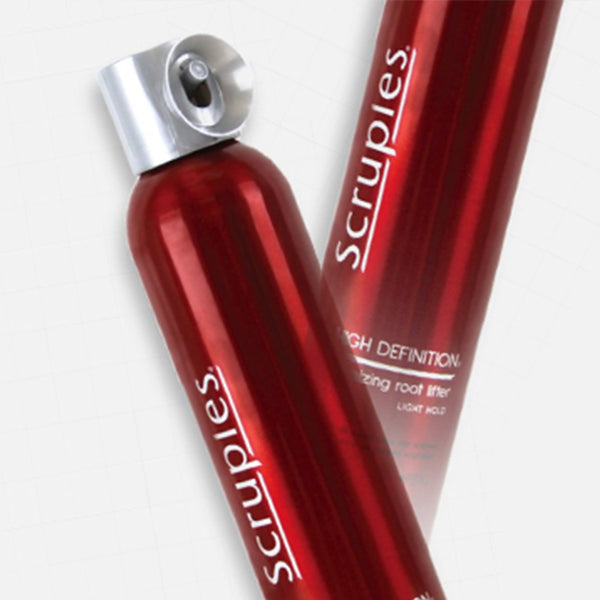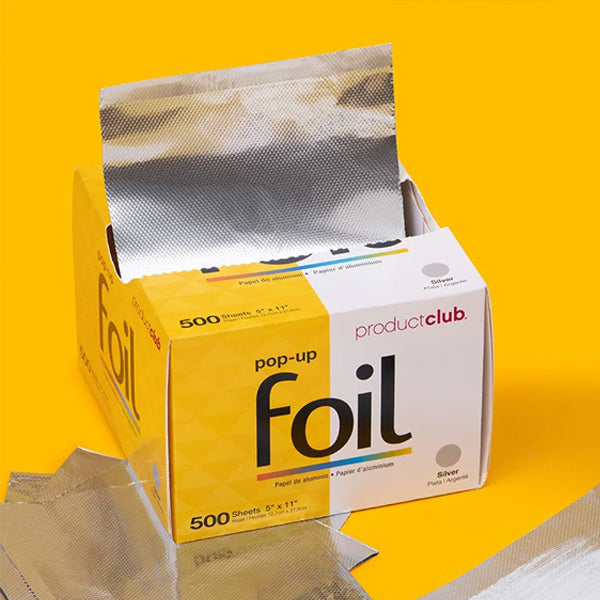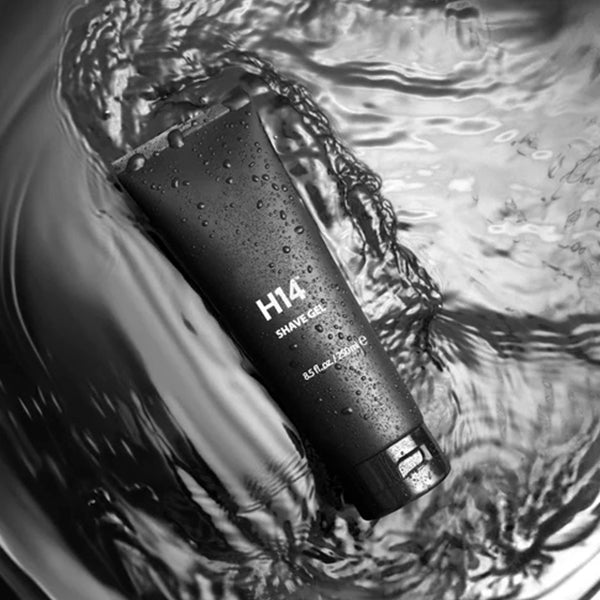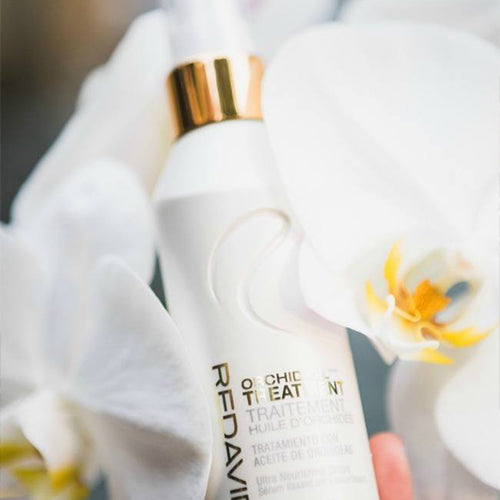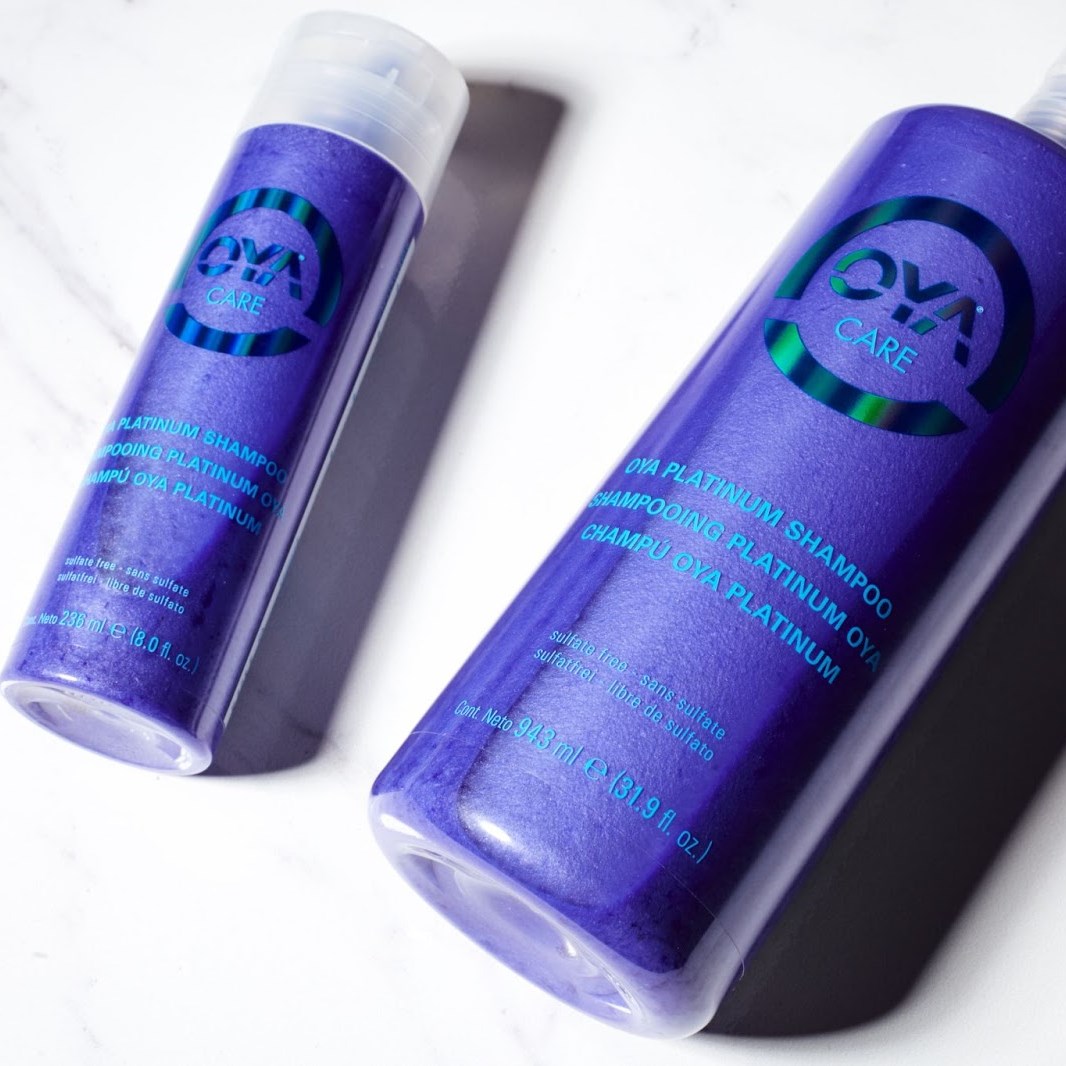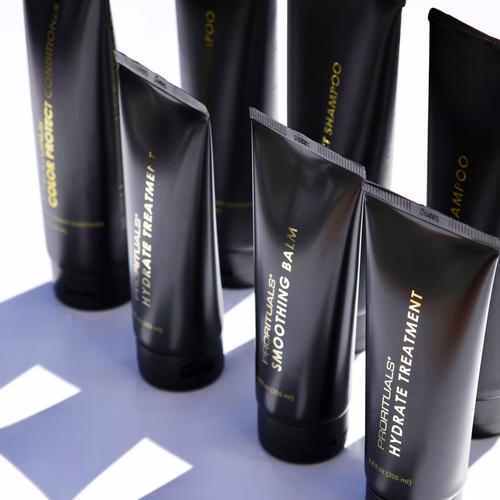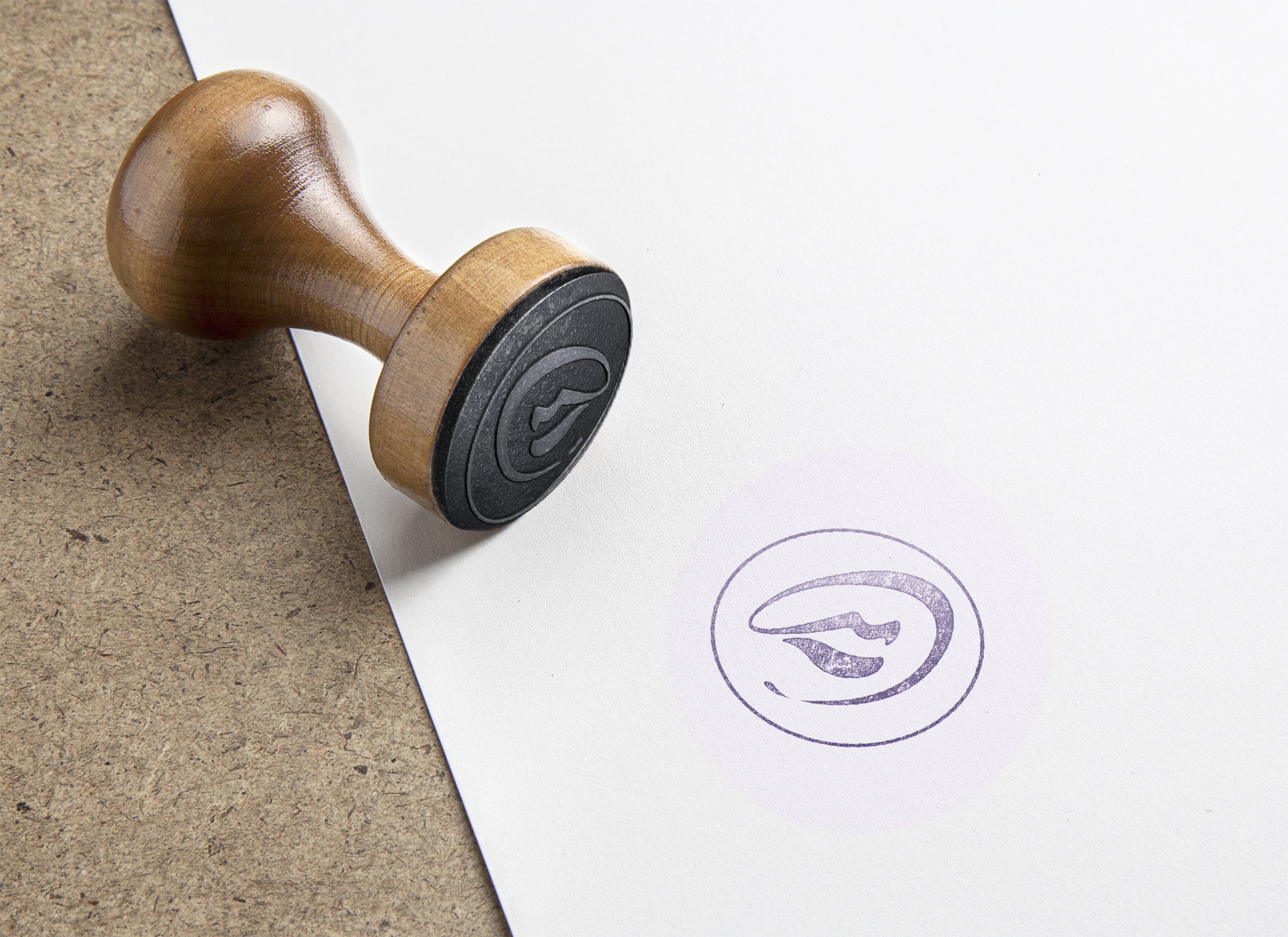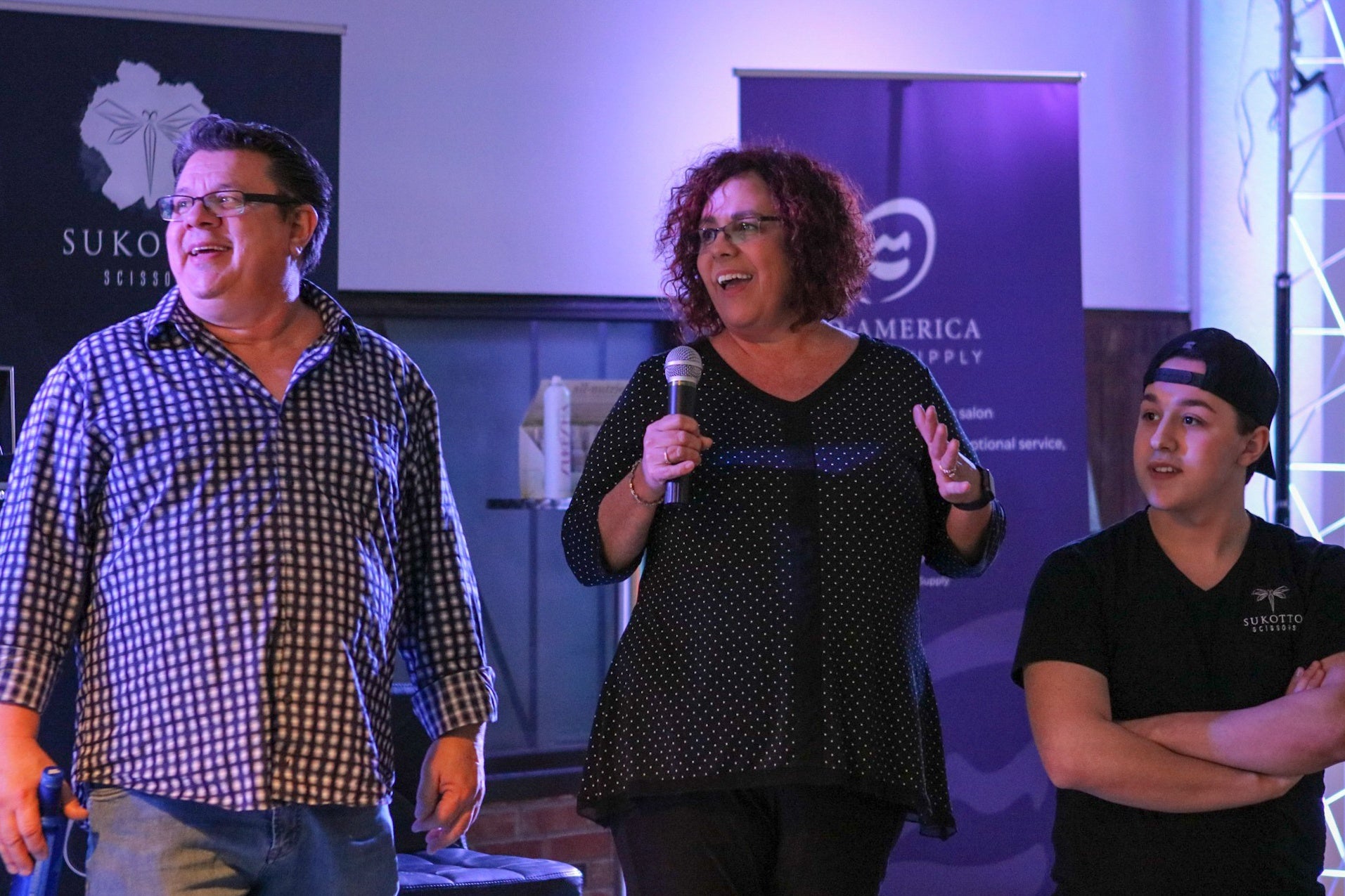From Shampoo to Shears: Designing a Seamless Service Flow That Feels Luxurious, Not Rushed
Designing a seamless service flow means building a rhythm that moves smoothly from shampoo to styling, where every moment feels considered, not mechanical. It’s about creating an environment that feels high-touch—even on a packed schedule.
Here’s how to build a fluid, client-centered service structure that transforms “just a haircut” into a premium experience.
The service starts before the hair gets wet. A rushed greeting, vague consultation, or distracted check-in sets a tone of disconnection. Instead:
-
Make eye contact and pause whatever you’re doing when they arrive.
-
Sit down with them (not just standing over them) during consultation.
-
Ask one unexpected, thoughtful question:
“What’s one thing your hair hasn’t been doing lately that you wish it would?”
This signals that their experience will be tailored, not templated.
Clients often cite the shampoo as their favorite part of the service—yet it’s usually treated like a chore. Shift that dynamic by turning it into a moment of care.
-
Explain what you’re using and why. (e.g., “This clarifying shampoo will lift off buildup so your toner sets more evenly.”)
-
Be fully present—no rushing, splashing, or multitasking.
-
Use a hot towel or scalp massage with intention, even if it's brief.
-
Ask: “How’s the water pressure and temperature?”—it shows professionalism and awareness.
Luxury doesn’t always mean more time—it means more focus.
The time between shampoo and cutting is where many services feel disjointed. Instead of hustling the client to the chair:
-
Gently towel blot and walk them back with conversation.
-
Use this moment to reconfirm the plan while reconnecting:
“Now that I’ve seen your natural texture again, I’m going to start the layers a touch lower to help with movement.”
This makes them feel seen and included, and it reinforces your expertise.
While cutting:
-
Work with calm, efficient movements—not hurried or overly showy.
-
Avoid small talk just for the sake of filling silence; let your attention communicate value.
-
If you’re adjusting or shifting from the original plan, say why. Clients notice when you think through your cut instead of defaulting to habit.
Even small things like sectioning with care or laying tools neatly matter—they create a sense of intentionality that clients equate with quality.
Styling shouldn’t feel like an afterthought or a race to get to checkout.
-
Apply products with explanation and technique.
-
Finish with your hands, not just your tools—refining with a personal touch.
-
Verbally close the loop:
“This shape is going to grow out soft around your face, and we’ve kept the weight underneath so it won’t collapse in a few weeks.”
It leaves them feeling like the service was designed, not delivered.
The way you end a service defines how it’s remembered.
-
Walk them to the mirror and let them see the full shape before jumping to rebooking.
-
Offer retail support only after they’ve had a moment to take it all in—position it as an extension of the service, not a transaction.
-
Always close with a confident statement of value:
“This cut is built to hold shape for at least 6–8 weeks, but if the crown settles sooner than expected, I’m happy to adjust it.”
This shifts the dynamic from selling to supporting.


